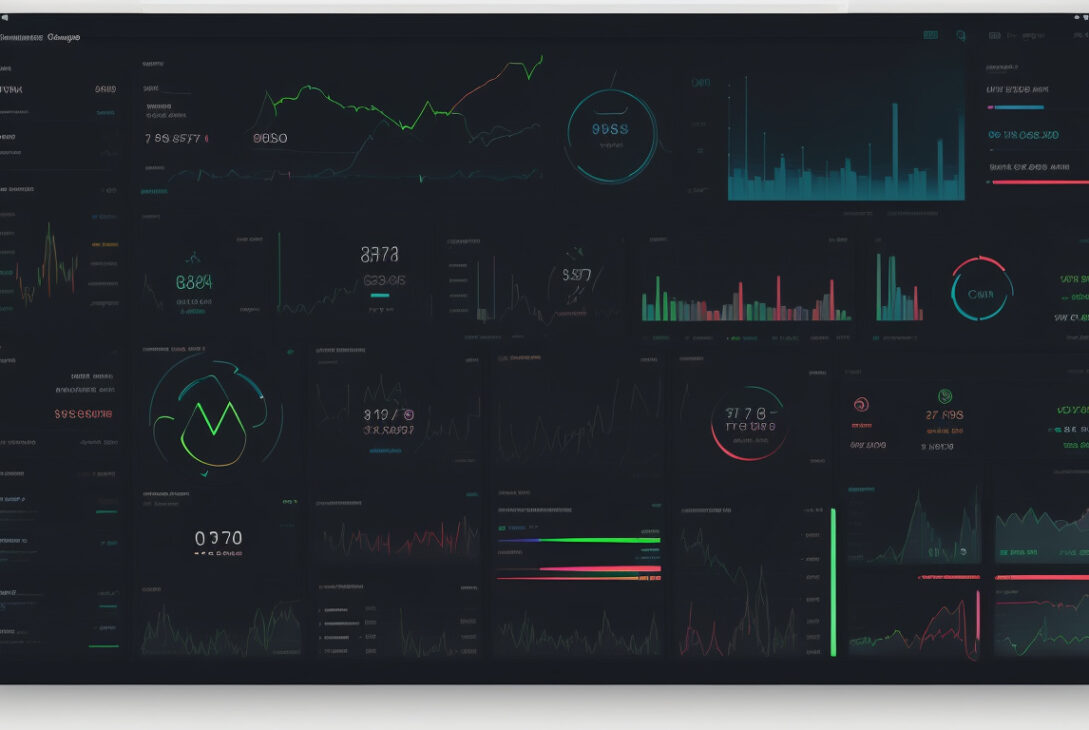The rapid growth of cryptocurrency drives entrepreneurs and firms. They launch crypto exchange platforms. Competition is fierce. User expectations are high. Maximizing profits becomes critical. Whether you run a CEX or a DEX, know the strategies. These strategies optimize revenue streams, support sustainable growth, and create long-term success.
In this article, we explore actionable strategies. We show how to boost user experience, design fee structures, and use cutting-edge technologies.
Understanding the Profit Drivers on a Crypto Exchange
Consider revenue in simple parts. First, trading fees charge a small percentage or a fixed sum on each trade. Second, withdrawal and deposit fees charge on moving funds. Third, listing fees charge crypto projects to list tokens. Fourth, margin trading and lending generate interest income. Finally, other services—premium features, staking rewards, API access—add revenue.
Each part connects tightly. Optimizing them while you keep a loyal base boosts profitability.
1. Enhance User Experience and Increase Liquidity
A seamless user experience is essential. The platform must work fast and clearly. A simple onboarding process makes users comfortable. Quick account creation and smooth KYC verification build trust.
Responsive UI and quick loading times matter. The platform must serve desktop and mobile users equally. An efficient matching engine minimizes latency. This engine supports high-frequency trading.
Tools help traders decide. Advanced charting, technical indicators, varied order types, and real-time market data all connect. Liquidity is critical. More liquidity means smaller spreads and better prices. Build liquidity pools. Offer incentives to market makers. Or integrate with larger liquidity providers. All these links add depth to your exchange.

2. Design Competitive and Flexible Fee Structures
Your fee model plays a huge role. Fees sit between attracting users and covering costs. If fees are too high, users flee. Too low, and scaling becomes hard.
Popular Fee Models:
| Model | Description | Pros | Cons |
|---|---|---|---|
| Flat Fee | Fixed fee per trade | Simple; predictable | May hurt small trades |
| Percentage Fee | Fee as a percentage of trade size | Fair across sizes | Could deter big traders |
| Maker-Taker Model | Lower fee for makers; higher for takers | Drives liquidity | Adds complexity |
| Tiered Fees | Fees change with trading volume | Rewards loyalty; high volume | Increases system complexity |
Promotions and volume discounts reward active traders. Incentives for liquidity providers also work. Clear fee details and regular reviews remain essential.
3. Integrate Advanced Security Features
Trust and security are inseparable in crypto. Users demand safe asset storage. A secure platform cuts hack risks and protects your reputation and profits.
Essential security practices:
• Cold storage wallets keep most funds offline.
• Multi-factor authentication (MFA) confirms logins and transactions.
• DDoS protection guards against network attacks.
• Regular third-party audits check compliance.
• Insurance funds cover losses during a breach.
A sturdy security system connects directly to increased trading volumes and sustainable fees.
4. Explore New Revenue Streams Beyond Traditional Trading Fees
Don’t rely solely on trading fees. Broaden your revenue streams. Token listings and promotions offer extra income. Staking services let users earn rewards while you earn a fee. Margin lending brings in interest. Premium API access serves institutional and algorithmic traders. Paid educational content and subscription insights strengthen income links.
Each new channel deepens your income portfolio while meeting user needs.
5. Use Data Analytics and Feedback for Continuous Improvement
Data drives decisions. Analytics tools monitor user behavior, trade volumes, peak times, and favored features. They expose bottlenecks. Feedback from surveys, support tickets, and forums shows pain points. This data cycle connects directly to improved user satisfaction and higher profits.
6. Ensure Compliance with Legal and Regulatory Requirements
Regulatory compliance is non-negotiable. Non-compliance risks fines, shutdowns, or lost trust. Strong KYC/AML measures tie directly into secure operations. Legal experts help navigate jurisdiction-specific rules. Registering with local authorities and adapting to new laws create a robust compliance chain. This chain protects your exchange and attracts institutional clients.
FAQ Section
Q1: How can a crypto exchange increase its trading volume?
A1: Enhance the user experience. Adopt competitive fee structures. Provide deep liquidity. Run targeted marketing. Secure compliance builds trust that drives volume.
Q2: What are the most profitable features to add to a crypto exchange?
A2: Beyond core trading, add margin trading, staking services, token listings, and premium API access. These features diversify revenue sources.
Q3: Why is liquidity important on a crypto exchange?
A3: Liquidity means tighter spreads and fast trade execution. It attracts more traders and boosts fees and profits.
Conclusion: Take Strategic Steps and Grow Your Crypto Exchange Profits
Profit maximization demands balance. Improve user experience. Optimize fee structures. Secure your platform. Expand service options. Focus on liquidity, regulatory compliance, and data-driven operations. Each strategy interconnects with the next, forming a network that supports long-term growth in a competitive market.
Ready to elevate your crypto exchange? Evaluate your business model and set these strategies in motion. The cryptocurrency ecosystem evolves rapidly. Staying ahead creates lasting success and profitability.
For more insights on platform optimization, visit resources like Binance’s Academy. They offer expert advice and current industry knowledge. Invest in your platform’s future. Maximize your profits today!










